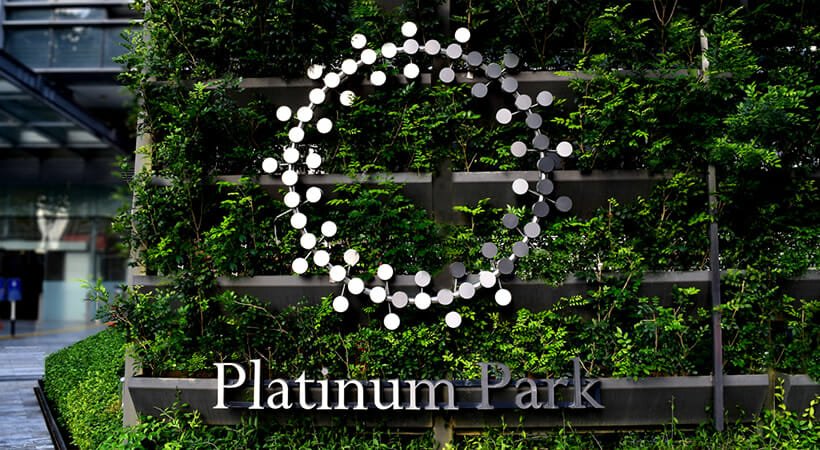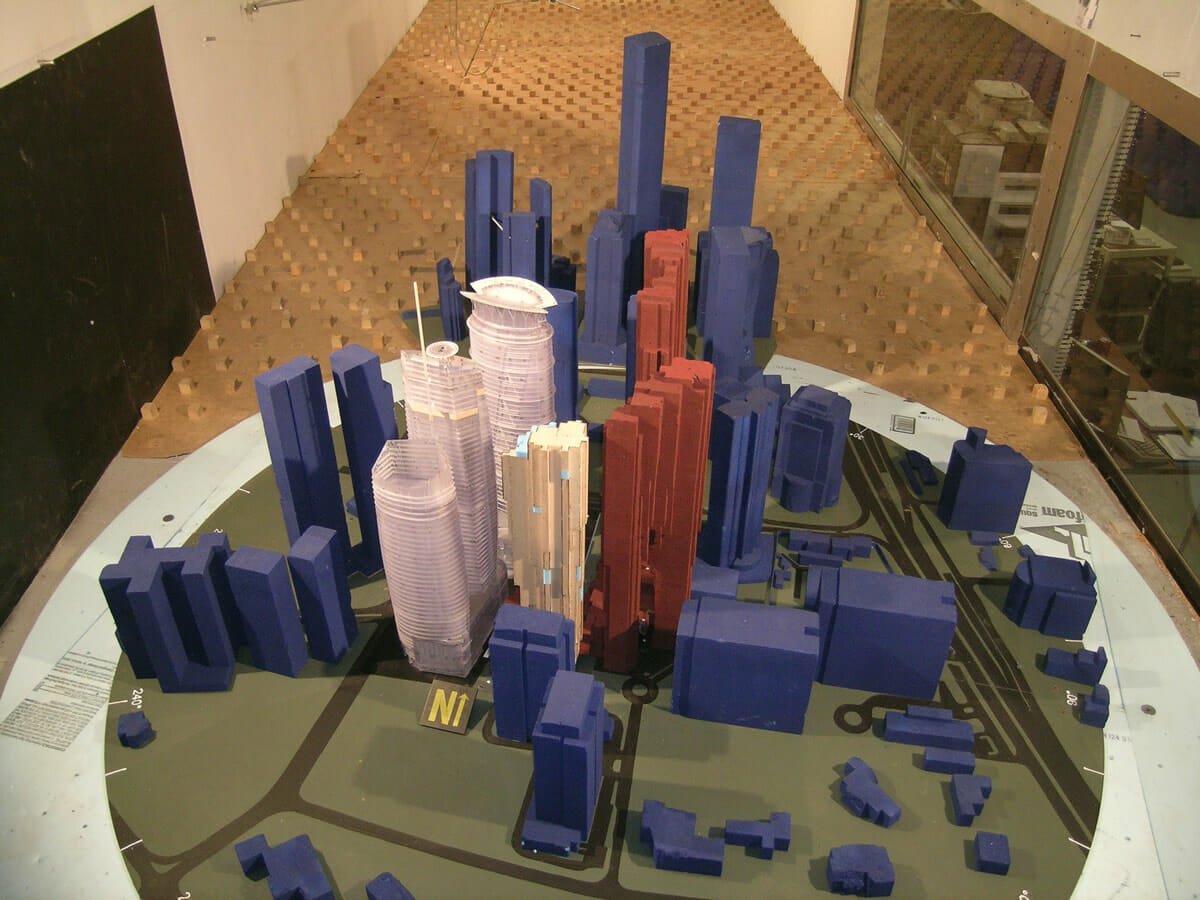Platinum Park is a multi-tower development located in the heart of Kuala Lumpur, Malaysia. Home to residences, offices, retail space, and a luxury hotel, the high-end property is just east of the KLCC green space and the iconic Petronas Towers. Completed in several phases, Platinum Park promises to serve the needs of businesses and residents alike for years to come.
 CPP is proud to have played an important role in the development of this recent addition to Kuala Lumpur’s skyline. When architects from RSP Akitek Sdn. Bhd. and project managers at Naza TTDI Sdn. Bhd. needed professional wind engineering guidance for the project, they relied on CPP’s solid experience and reputation to ensure Platinum Park’s wind engineering success.
CPP is proud to have played an important role in the development of this recent addition to Kuala Lumpur’s skyline. When architects from RSP Akitek Sdn. Bhd. and project managers at Naza TTDI Sdn. Bhd. needed professional wind engineering guidance for the project, they relied on CPP’s solid experience and reputation to ensure Platinum Park’s wind engineering success.
Cladding pressures and occupant comfort
Based on digital plans supplied by the architect and contractor, CPP’s model development team designed and fabricated a 1:300 scale model of Menara Felda Tower, Naza Tower, TH Tower as well as future masterplan developments planned for the site at the time of testing. Our model included all significant existing buildings and structures within a radius of 430 meters (1,400 feet) as well as appropriate upwind roughness elements and blockages to accurately simulate the local approach winds.
Using 580 pressure taps located on the model of Menara Felda Tower and 678 pressure taps on the Naza and TH Towers, our engineers accurately measured the peak wind pressures that cladding elements on the towers would have to withstand. We found several areas that warranted closer examination, including a small ‘hot spot’ area on the Naza Tower would experience a 50-year design pressure as high as 2.75 kPa (nearly 60 pounds per square foot).
We also tested the buildings for occupant comfort by using the measured pressure data to predict the maximum accelerations that upper-floor occupants would experience on the windiest of days. Our team found the estimated sway to be well within industry-standard acceptable levels.
Pedestrian comfort
CPP was also tasked with determining how the buildings would affect outdoor wind flow patterns and whether ground-level winds would cause discomfort for pedestrians. Based on discussions with the primary contractor and architect, we identified 28 locations on and around the towers at which to measure wind intensities for all approach wind directions.
Using hot-film anemometry and established wind comfort criteria, we found that the wind environment in and around the Platinum Park development would generally be suitable for seated, standing, and walking outdoor users of the space. We did, however, find a handful of windy locations. For these isolated locations, we recommended a full range of wind mitigation strategies that included landscaping and both solid and porous screens.
Also important in a tropical climate is the availability of cooling breezes to enhance outdoor thermal comfort for users of the site. Some stagnant wind flow areas were identified and recommendations provided to encourage natural ventilation to the affected areas.
Based on CPP’s understanding of the local wind climate, our detailed analysis of the site, and experience-based interpretation of wind tunnel data, our engineers were able to deliver the results and recommendations that the project contractors needed to ensure that Platinum Park would be safe, comfortable, and efficient from a wind perspective.
In the March 2009 edition of Engineers Australia (EA), the premier magazine for the profession in the Australasian region, the Feature section features a profile of CPP’s wind engineering work for the Platinum Park towers. A PDF of the EA article can be accessed here: “Modelling wind loads on Kuala Lumpur towers. EA Mar 2009″. Our thanks to Engineers Australia for allowing us to make this article available.


